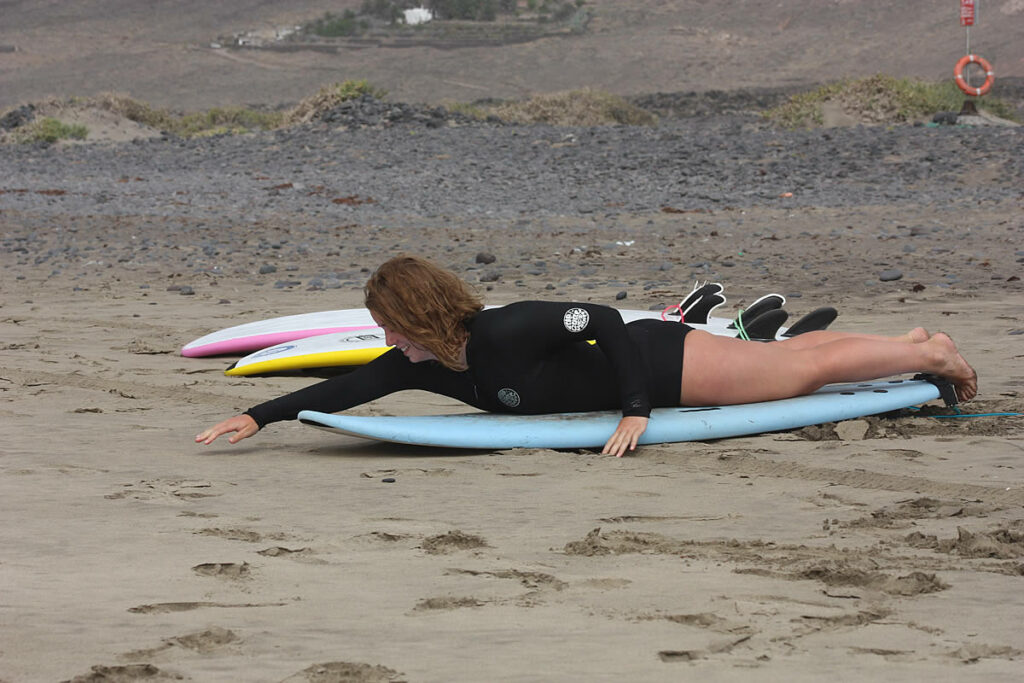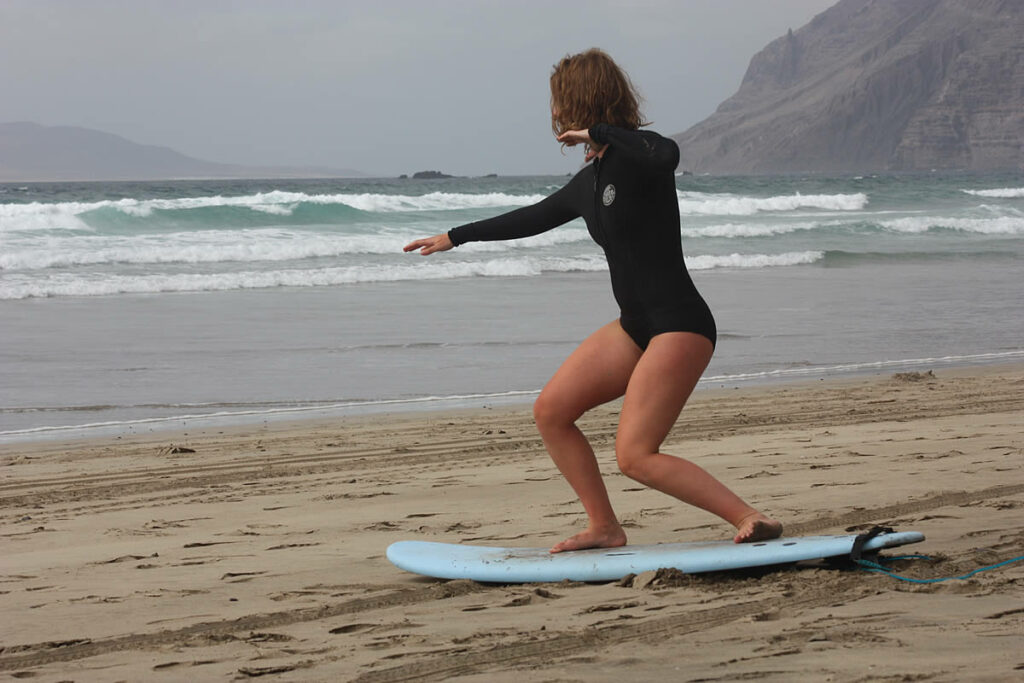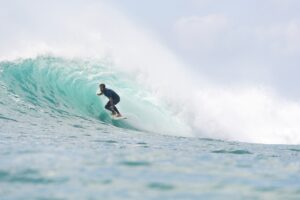How important is it to paddle well when you go surfing?
Here we introduce to you paddling techniques that can really improve your surfing both when catching waves and paddling out to the lineup. There are many types of paddling techniques and they all serve different purposes so read on and get ready to be an even better surfer!
 1- Normal paddle: Relaxed, comfortable and easy. Take time to breathe, recover and save energy.
1- Normal paddle: Relaxed, comfortable and easy. Take time to breathe, recover and save energy.
2- Slow paddle: Similar to the normal paddle but even slower; also helps to recover and save energy.
3- Technique using feet: Paddle with your feet and arms at the same time.
4- Technique using legs: Kick your bottom with your feet in alternate time to your arms. This helps to gain momentum.
5- Press forehead and chin down: Put your weight to the front of your surf board by lowering your head; helps to go faster.
6- Elevating head: Take weight off the front of your surfboard; this helps to break down.
7- Gain speed by pushing the surfboard into the water: Before the wave comes transfer your body weight from the tail forward and push into the water to start to get speed.
8- Paddle with the body weight to one side: Before catching a wave, put the body weight to one side or the other to guide your board to what direction you want to surf the wave. 9- Belly control: Use your core strength; press your belly and ribs on the surfboard for better control and balance.
9- Belly control: Use your core strength; press your belly and ribs on the surfboard for better control and balance.
10- Stroke paddle: This is one of the most important; it is a type of paddle that you have to do at the right time and place, very strong, precise and efficient. (Add example? When? Where?)
11- Paddling with bent elbows: Makes you go a little bit faster and in a straight line.
12- Paddling with straight elbows: This is a good technique to paddle in and to turn. Perfect for when you are waiting at the line up and need to turn quickly.
13- Paddle in rotation: Similar to paddling with bent elbows; this is a great technique to turn quickly and change directions on the surf board.
14- Paddle whilst looking at both sides: It is very important look to your sides to be aware of your surroundings. Look to your sides before you catch a wave to make sure you are in the best spot before takeoff.





